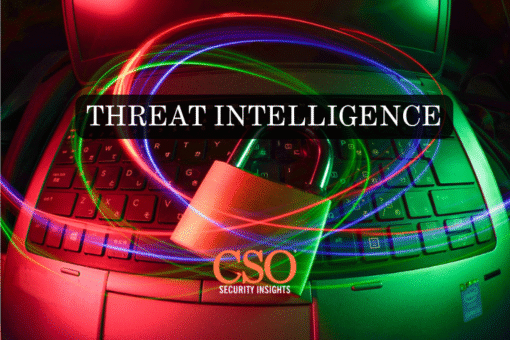The cybersecurity landscape is continuously evolving, with threat actors constantly refining their methods to bypass security measures. Over recent years, there has been a noticeable shift in the focal points of these threats—from high-impact ransomware attacks to more stealthy and persistent campaigns. This article explores how the focus in cybersecurity has transitioned from direct attacks to more sophisticated evasion and persistence strategies from 2021 to 2024. These insights are uncovered in the latest M-Trends report by Mandiant.
2021 Focus on Ransomware
In 2021, ransomware was a dominant force in the cybersecurity world, causing significant disruptions across industries. High-profile attacks not only led to financial losses but also exposed the vulnerabilities in cybersecurity defenses globally. The 2021 M-Trends report highlighted a surge in ransomware attacks where threat actors encrypted critical data and demanded ransoms for decryption keys. These incidents prompted organizations to bolster their security postures, often prioritizing the ability to quickly detect and respond to ransomware incidents. The focus was largely on strengthening backup solutions, improving disaster recovery strategies, and training employees to recognize phishing attempts, which were the primary vectors for such attacks.
Transition in 2022-2023
As the cybersecurity community fortified defenses against ransomware, attackers adapted by diversifying their tactics. During 2022 and 2023, the focus shifted from straightforward ransomware to multifaceted extortion schemes. These complex strategies combined traditional data encryption with additional leverage tactics such as data exfiltration and threat of public disclosure. These years saw an increase in ‘double extortion’ attacks, where attackers not only demanded ransom for decryption keys but also threatened to release sensitive data publicly if their demands were not met. This transition marked a sophisticated evolution in cyber attacks, as perpetrators exploited various attack vectors and took advantage of the growing digital footprint of organizations globally.
2024 Trends in Evasion
By 2024, the cybersecurity focus had shifted significantly towards combating evasion techniques and persistence mechanisms used by attackers. With advancements in security technologies, attackers moved towards methods that allowed them to remain undetected within networks for extended periods. The 2024 trends pointed to an increase in the use of living-off-the-land tactics, where attackers use legitimate tools available on the target’s system for malicious purposes, making detection significantly harder. Additionally, the use of polymorphic and metamorphic malware became more prevalent, enabling malware to alter its code as it spread, thereby evading traditional signature-based detection methods.
Analysis of Trends
The shift from ransomware to evasion and persistence illustrates a broader change in the motives and methodologies of cyber attackers. Initially focused on immediate financial gain through ransomware, attackers gradually moved towards strategies that could ensure long-term presence within targeted systems. This transition reflects a strategic shift towards gathering intelligence, sustaining long-term access to valuable data, and potentially disrupting critical infrastructure without immediate detection. The sophistication of these tactics suggests that attackers are not just looking for quick payouts but are investing in campaigns that can deliver more significant, strategic returns over time.
The evolution of cyber threats from ransomware to more covert strategies of evasion and persistence between 2021 and 2024 demonstrates the dynamic nature of cyber warfare. Cybersecurity is no longer just about defending against known threats but anticipating new tactics and preparing for long-term engagements. As threat actors continue to adapt and refine their approaches, so too must cybersecurity strategies evolve. Organizations need to adopt a layered security approach that includes advanced detection technologies, regular security training for employees, and robust incident response plans. The continuous adaptation and enhancement of cybersecurity measures are imperative to stay ahead of threat actors and safeguard sensitive data in this ever-changing digital landscape.








